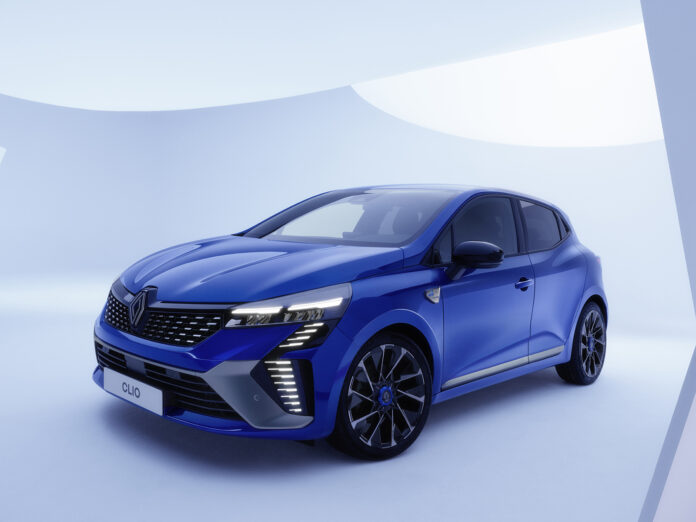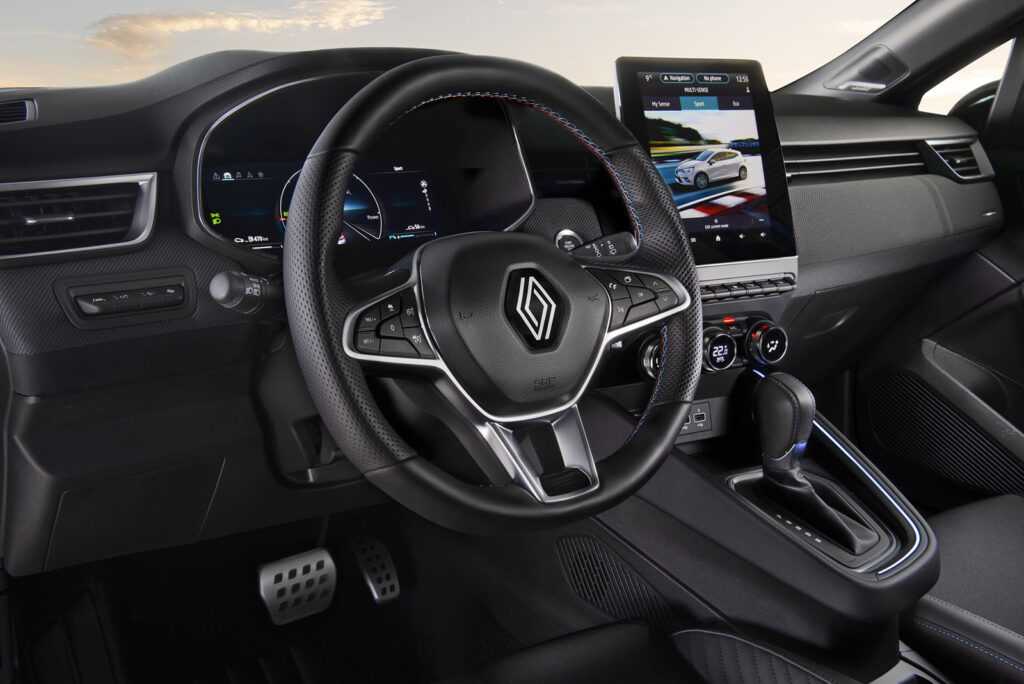
Any Renault car I have driven in recent years had a very frugal engine and the Clio is no different. When I picked the 1.6-litre hybrid version of the Clio in Sandyford on Monday morning, the range shown was 760km and believe me the range was the slowest moving item in the car. The more careful I drove the more the range increased.
First launched in 1990, the Clio was a replacement for the Renault 5, which had been popular from 1972 to 1996. The car was intended to compete against established rivals in the European supermini market such as: Ford Fiesta, Opel Corsa, VW Polo, Peugeot 208, Seat Ibiza and the Fiat Punto.
Now in its fifth iteration, the Clio has sold over 60 million units worldwide in the past 34 years. No surprise then that it’s the best-selling French car of all time.
The Clio is certainly a stylish, sweet supermini and the version that I drove packs a top-notch interior to strengthen its appeal and overall refinement. It shares many parts with the Renault Captur, so the Clio has a choice of 90 horse power TCe petrol drivetrain or the E-Tech hybrid with 145 horse power.
Renault has always been very good at keeping the Clio in the public’s mind with clever advertising campaigns like the famous ‘Papa and Nicole’ one.
Usually deemed to be ‘chic’, the car has grown and expanded over the years and is now 4,053mm long, 1,798mm wide, 1,439mm tall and sits on a 2,583mm wheelbase.
The front of the car now has very stylish look to it and the grille now stretches all the way across between he front headlights. The daytime running lights at the side are very attractive in the shape of a half-diamond. And the overall design is topped with 17-inch Alpine diamond cut alloys with a blue centre cap.

Stylish on the outside and there is plenty of style inside also. The dash is similar to the Renault Arkana which I drove a few weeks ago, but the iPad infotainment screen is slightly smaller in the Clio. Having driven the Arkana recently meant I was very familiar with the controls for the Clio, which include good old fashioned buttons for the air con.
The seats are comfortable and of course you can leave down the back seat for extra luggage space if needed. That back seat can accommodate three teenagers or two adults in comfort.
Inside, the décor is predominantly dark and a black roofline doesn’t help. The décor is brightened somewhat with a few tiny French flags on the seats and dash.
The release button to open the boot is located very low down at the back. So low that you might get your fingers dirty, so best advice is to use the key fob to open the boot.
It’s an average size boot for a supermini. No room for a spare wheel, due to the hybrid technology located in the boot.
Prices start at €26,545, while the esprit Alpine E-tech Hybrid 145 automatic version I drove will cost you €34,045.
My test car came in a nice shade of blue, the official colour was Iron Blue. It was neat, very lively and easy to park around town.
Renault and other manufacturers of other hybrid cars claim it is possible to use the electric side of hybrid in 80% of urban journeys.









